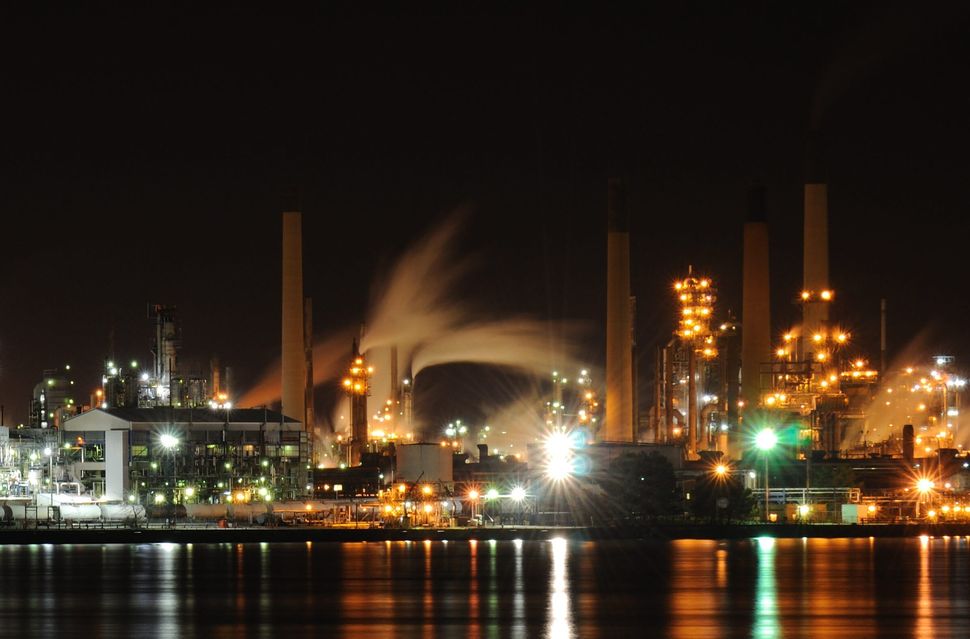
TORONTO — Thirty years ago, an executive at Canada’s largest oil company had a warning for the fossil fuel industry.
“Clearly any responsible business person in Canada realizes that our planet cannot survive another two centuries of development that in any way resembles the last 200 years,” said Douglas D. Baldwin, Imperial Oil’s CEO of Esso, in a speech to the 1990 Canadian Gas Association conference in Calgary.
It would be wise to build “environmental considerations into every aspect of our industry” or risk “squandering an unparalleled natural legacy,” he said.
Baldwin, also chair of the Canadian Association of Petroleum Producers at the time, compared the potential ecological impact “of our modern lifestyles” to Ukraine’s Chernobyl nuclear disaster and the U.S.’s Valdez oil spill in the 1980s.
But his predictions came with a catch — the industry itself, not the government, should decide how to curb its emissions and impact on global warming, and “claim a seat” to influence decision making at all levels, from the United Nations to community associations, Baldwin said.
Watch: How the Exxon Valdez oil spill happened. Story continues below.
A transcript of his speech is among a trove of internal documents published earlier this month by American environmental groups Climate Investigations Center and DeSmog. Imperial, which operates the Esso brand, originally donated them in 2006 to Calgary’s Glenbow Museum.
The documents reveal Imperial was concerned about the ramifications of global warming for decades, and the lengths it was willing to go to protect its bottom line and influence public perceptions and green legislation in Canada.
“Imperial knew a storm was coming, and they were clawing for their own image,” said Kert Davis, director of Climate Investigations Centre, who reviewed the documents.
Imperial is owned by U.S. oil giant Exxon Mobil, which has been under recent scrutiny for its role in denying climate change.
Up until around 2010, Imperial was Canada’s largest petroleum producer with substantial oil investments dating back to the early twentieth century. It discovered oil in the Northwest Territories in the 1920s, and continues to operate what’s now called the Norman Wells oil field. It began its heavy oil extraction in Cold Lake in the 1960s, making it the longest running facility in northeastern Alberta, and one of the largest in the world.
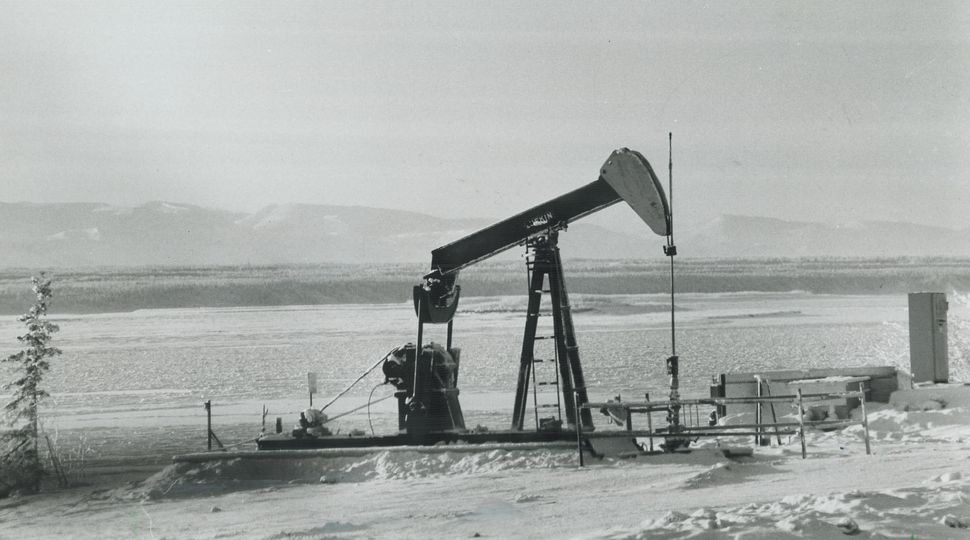
Imperial also runs three refineries, in Ontario and Alberta, and is developing three other oilsands operations, including Syncrude.
Today, Imperial is Canada’s second largest oil producer, and remains among the top fossil fuel lobbyists in Ottawa, “heavily engaged in lobbying” Environment Canada and Natural Resources Canada, according to the Corporate Mapping Project. It was among the associations and corporations persuading senators to weaken the Liberal government’s environmental assessment bill. Some, but not all, of the changes were passed into law in June.
When asked for comment about its historical approach to climate change, Imperial directed HuffPost Canada to its website.
“Imperial is committed to taking action on climate change and believes that the long-term objective of a climate change policy should be to reduce the risk of serious impacts to humanity and to ecosystems at minimum societal cost, while recognizing the importance of safe, reliable, affordable and abundant energy for global economic development,” Imperial’s website says.
With a team of 166 environment specialists in the early 1990s, Imperial inventoried all its greenhouse gas emissions, and sponsored groundbreaking research on topics like how methane gas trapped in Arctic permafrost would be released if temperatures continued to rise. In a 1991 discussion paper, presented to the federal government, it urged Canada to act now to contain “the threat of climate change.”
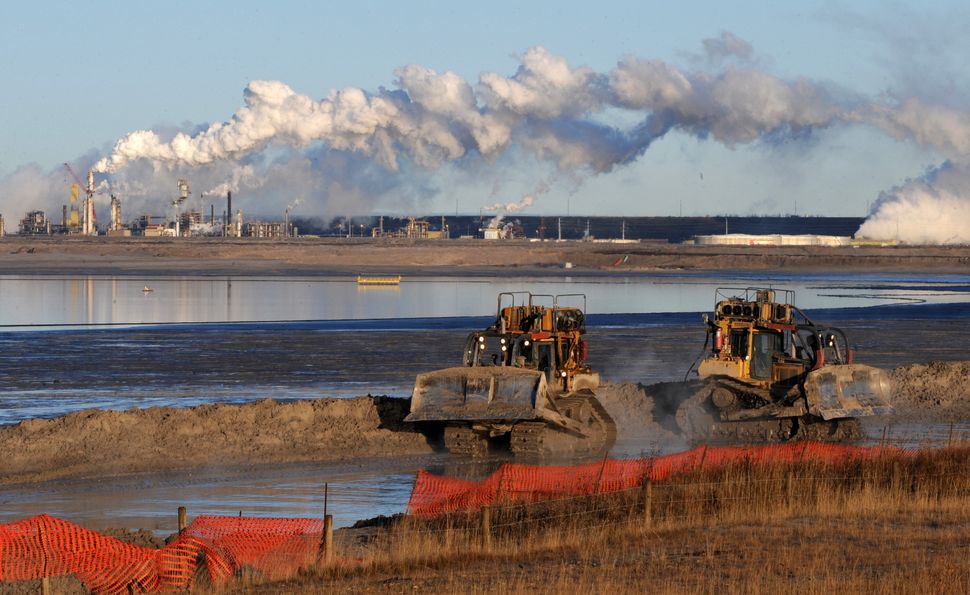
Imperial explored not only the extent of climate change, but the supposed devastating economic impacts of the solutions. An effective carbon tax, for example, would “harshly” penalize the oil industry, a 1991 study warned. “Production of coal would falter while heavy oil would virtually cease to be a usable resource.”
Thirty years later, efforts like those of Imperial to limit climate change action have paid off, experts agree. In the face of a climate crisis, Canada continues to develop its fossil fuel resources, putting billions of dollars towards industry subsidies and pipeline expansions.
“There’s a war of ideas occurring all the time and it looks like (the oil industry has) been pretty successful at convincing politicians and policymakers that we cannot achieve a low carbon economy unless we develop our high carbon economy first,” said Donald Gutstein, author of The Big Stall and a former professor at Simon Fraser University.
“They’ve won the battle.”
In the 1990s, Imperial didn’t want a carbon tax, said Graham Taylor, author of The Imperial Standard and professor emeritus at Trent University who has reviewed the documents. Imperial’s research into the tax, being considered at the time by prime minister Brian Mulroney’s government, signalled, “This is going to cost a hell of a lot of money and wreck the economy,” Taylor said.
“And that was the end of that. And when Jean Chretien becomes prime minister, he didn’t pursue the issue.”
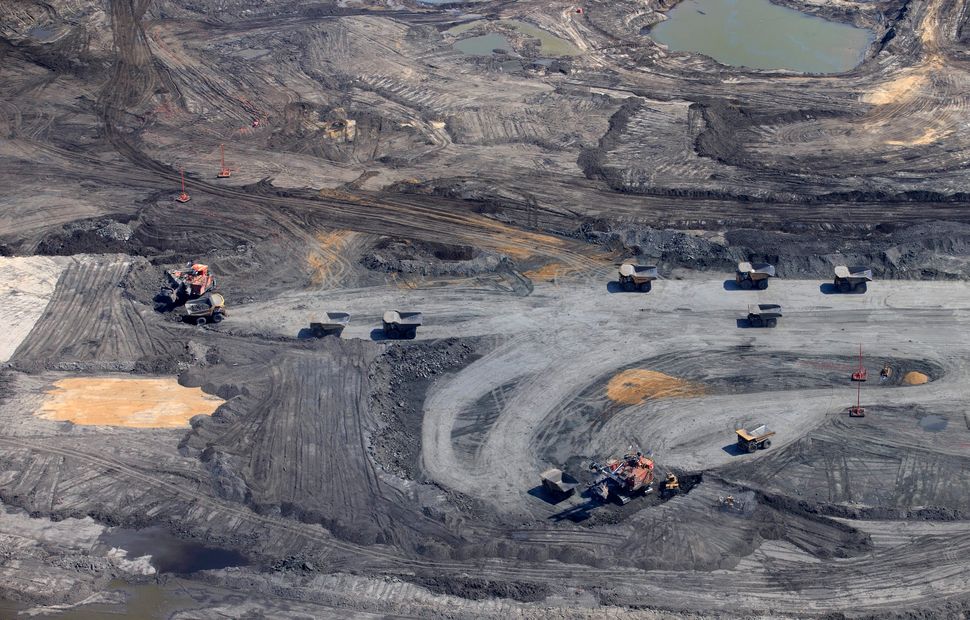
Through lobbying and public relations campaigns, the company pushed for deregulation measures, like those prime minister Stephen Harper implemented in 2012, and new pipelines like the Trans Mountain expansion project.
“Imperial, and the oil and gas industry more generally, has had varying ability to influence Canadian energy and climate policy,” said Douglas Macdonald, a University of Toronto lecturer emeritus.
“The industry by and large works as an ally of Alberta.”
Just this week, Alberta launched a $30-million-a-year energy war room to “stand up for energy” against the perceived threat of foreign-funded environmental groups, Premier Jason Kenney told reporters.
“We are going to stand up, through the Canadian Energy Centre, for a country that generates energy at the highest environmental, human rights and labour standards on earth,” Kenney said.
“If we do not supply the world with its demand for energy … then guess what? The OPEC dictatorships and Vladimir Putin’s Russia will.”
Imperial told HuffPost Canada it is not in any way part of this initiative.
Watch: Alberta opens its energy war room. Story continues below.
His remarks echoed those said 30 years ago by Imperial and Esso executives in a discussion paper examining global warming:
“Canadian policy measures to reduce carbon dioxide emissions from these industries … could reduce their international competitiveness. This, in turn, could lead to plant closures in Canada.
“However, this does not change world demand … and if the result of a Canadian plant closing is increased production elsewhere, global carbon dioxide emissions will not be diminished.”
Historically, Imperial’s approach to global warming has largely depended on crude oil prices and the administrations in power in Canada and the U.S., said Taylor.
When Baldwin made his speech to the fossil fuel industry in 1990, it faced prices on average five times lower than a decade before. Imperial had made a huge investment in Alberta oil sands, but it wasn’t worth fully developing at that point, Taylor said, so policies to fight climate change were less threatening to its bottom line.
At the same time, there was a kind of international “euphoria” about working together to solve global warming, he said. The first global climate change conference took place in Rio de Janeiro in 1992. Then-U.S. presidential candidate Bill Clinton and Canadian prime minister Brian Mulroney were both eager to push forward environmental protections, including pollution taxes.
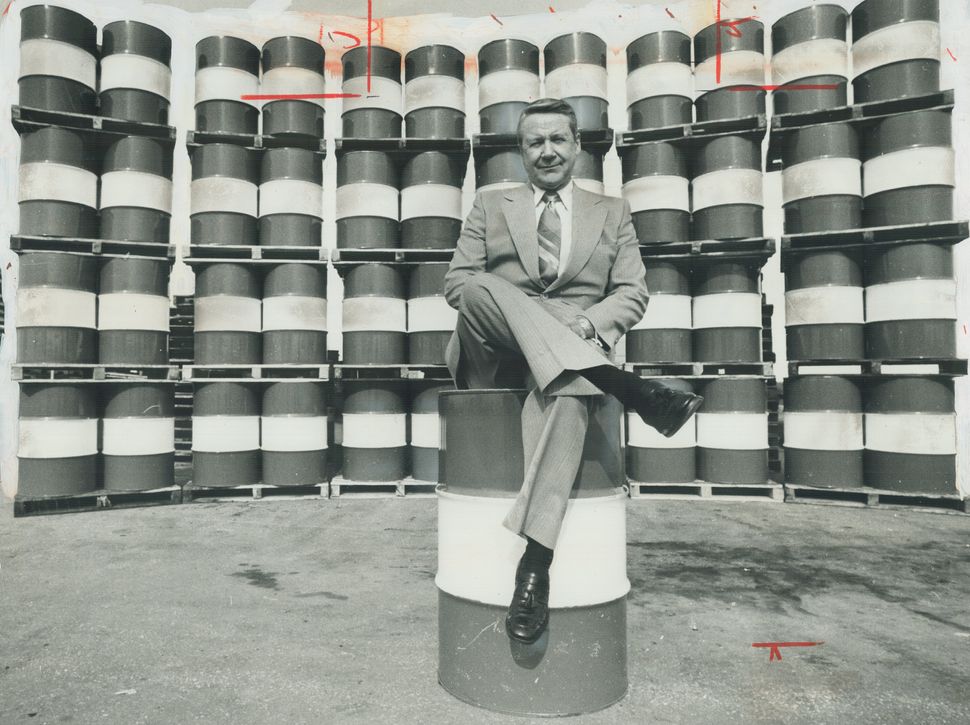
Imperial wanted to be seen as a team player.
“In a sense Imperial’s response was sincere,” Taylor said. “They were saying (to the government) this was a real problem, but don’t commit yourself to anything that’s so strong we end up paying the bills.
“It’s a mix of sincerity and self interest.”
Imperial reversed its strategy by the late 1990s. Its parent company Exxon had been funding a multi-million dollar climate change “denial propaganda campaign through surrogate” organizations, including Canada’s Fraser Institute, for years and had been successful in undermining policy in the U.S. and abroad, said Davis.
Exxon CEO Lee Raymond’s position on climate change was to “strangle it in the cradle and say there’s no proof, the science is bunk,” Taylor said. “Once Lee Raymond made that the company’s position, everyone had to get on board.”
Oil prices also increased, making Imperial’s investment in the oil sands lucrative — it didn’t want green policies to impede its production, said Taylor.
In 1998, Imperial CEO Robert Peterson wrote in an article that global warming, if it was happening at all, could be because of “natural variations.” In fact, he said, Canada’s environment was improving substantially.
“Carbon dioxide is not a pollutant but an essential ingredient of life on this planet — the planet cannot live without it,” Peterson wrote. “I feel very safe in saying that the view that burning fossil fuels will result in global climate change remains an unproved hypothesis.”
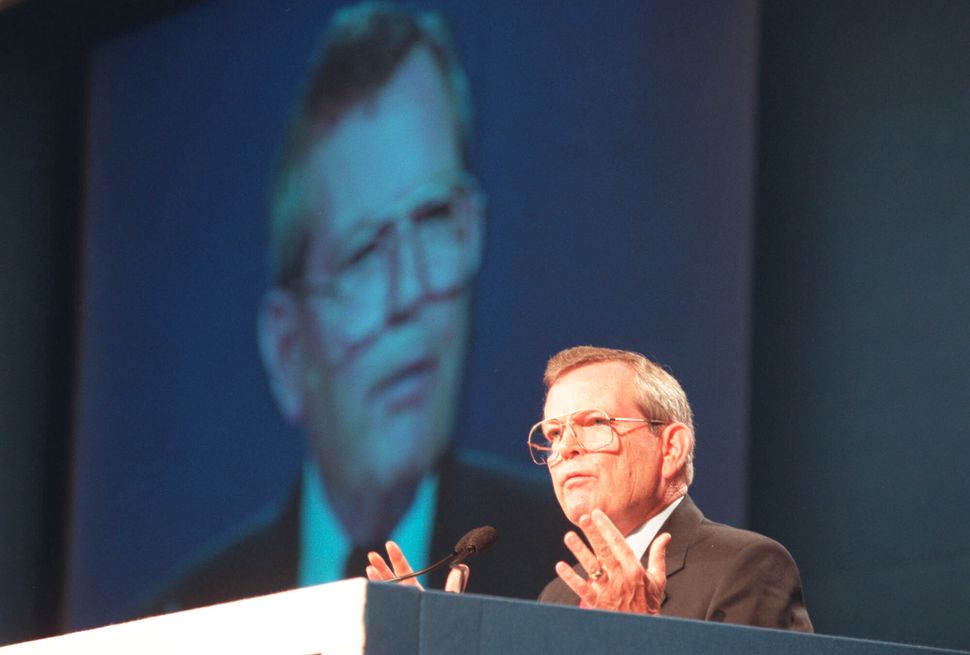
Imperial now faces challenges as Canada grapples with how to respond to the climate crisis, amid record levels of global greenhouse gas emissions, melting Arctic ice and extreme weather.
It has slowed down construction of a $2.6 billion Alberta oilsands development, after the province established production quotas to maintain local prices. However, it is expanding drilling at Cold Lake.
Outgoing CEO Rich Kruger told BNN Bloomberg in November that he thinks there will be a demand for oil and gas for at least 20 years. Imperial’s stance is that it’s improving its production technologies to reduce emissions, which makes it a viable solution.
What it needs to do now is “continued education and engagement” with the public, Kruger said.
“It’s not to simply say that ‘you can’t live without us,’ but to help society understand: ‘How can you live with us?’”
Imperial and the entire fossil fuel industry is continuing to tap into the philosophy that as long as they produce oil, people will buy it, Taylor said.
“That’s what ultimately drives people in the oil and gas industry; let’s keep this going as long as we can possibly extract the last dollar out of the last barrel of oil.”
CORRECTION: A previous version of this story stated Bill Clinton was the U.S. president in 1992. In fact, Clinton was governor of Arkansas and a U.S. presidential candidate. George H. W. Bush was the U.S. president in 1992.